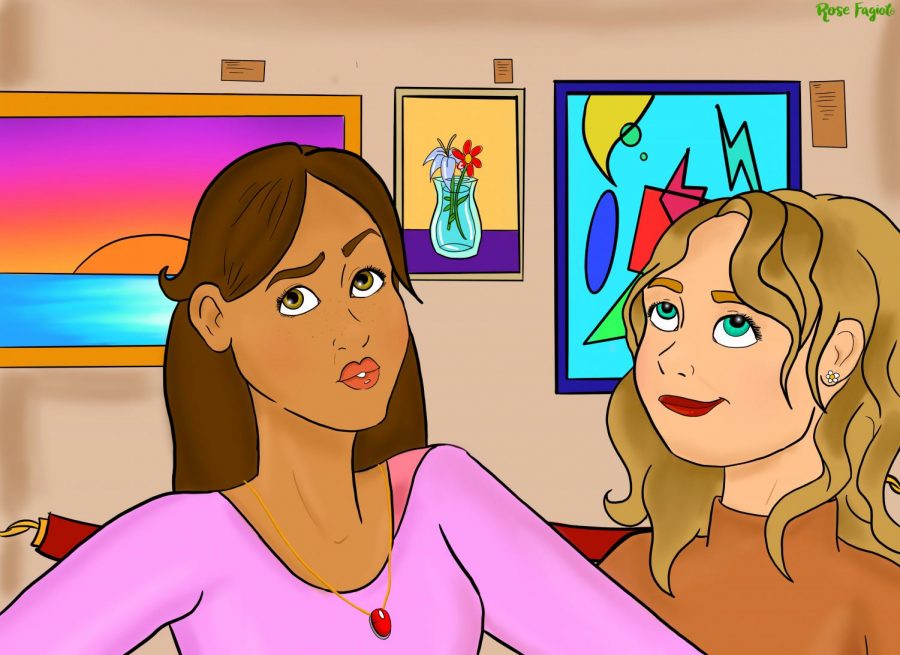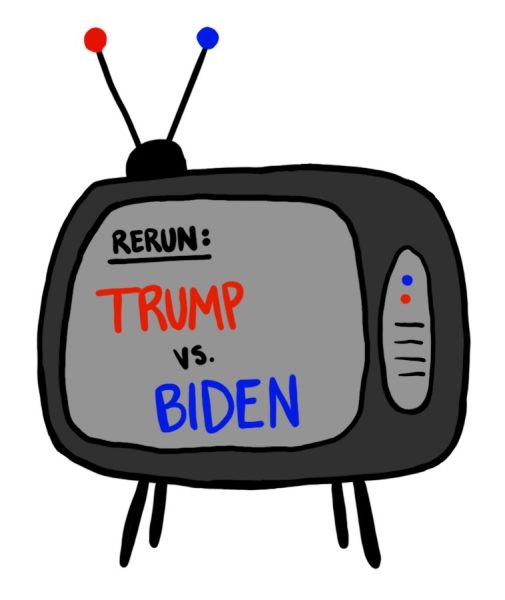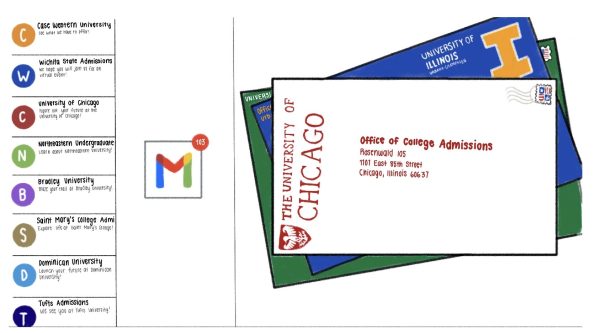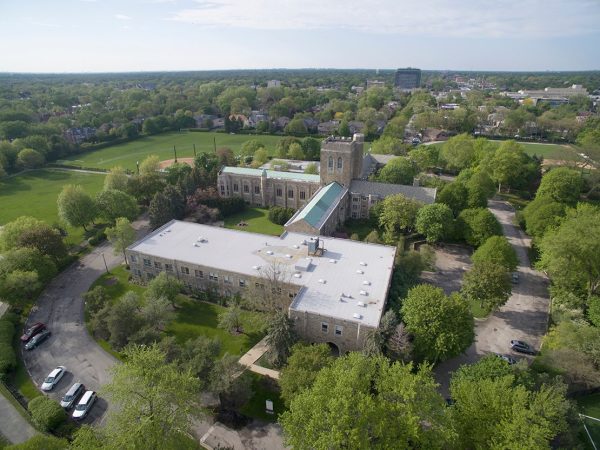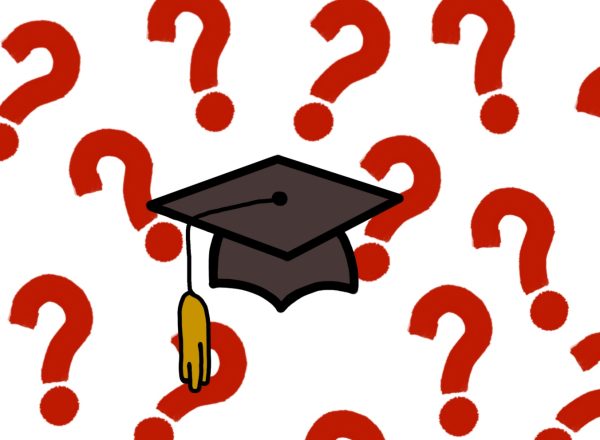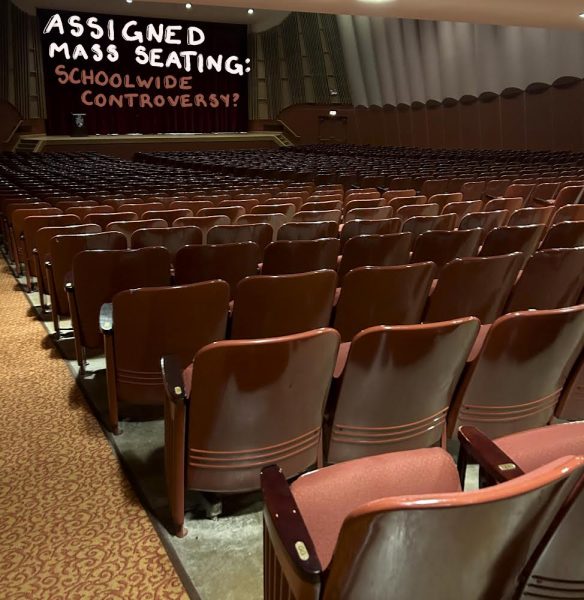Do Selfies in Art Exhibits Undermine Artists’ Intentions?
Standing in line before the bronze cast of Ghiberti’s 15th century The Gates of Paradise in the Nelson-Atkins Art Museum in Kansas City, MO was nothing short of an awe-inspiring moment. The seventeen foot tall, four-and-a-half ton gilded doors depicts various biblical scenes, and is widely considered to be one of the great masterpieces of Western Renaissance art. The original doors, commissioned in 1425, took twenty-seven years to complete, yet I knew I would only get a few moments with them. Therefore, I was understandably shocked as I watched a young man get to the front of the line, turn around, take a selfie and walk away, his focus downcast as he contemplated his next social media post. His entire encounter with The Gates hardly lasted five seconds, and included absolutely no time looking at the masterpiece itself, but rather focused on finding the perfect angle and the best light.
Art has always served as the cornerstone of contemporary culture. Like it or not, selfies have become a ubiquitous element of self-expression in our digital world. However, the question remains: do selfies in art exhibits truly undermine the meaning of the artists’ work? According to many museums, including the New York Museum of Modern Art whose selfie-stick ban took effect in 2015, the answer is clear. Not only do selfies distract other patrons of the museums, but they actively contradict the purpose of displaying art. The Art Institute of Chicago asserts that its mission is to “collect, preserve and interpret works of art of the highest quality, representing the world’s diverse artistic traditions, for the inspiration and education of the public.” When a visit to an art museum becomes an opportunity to gain more ‘likes’ rather than an active appreciation of the artist’s technique, message and expression, the value of observing art is lost.
One might argue that taking a selfie is the highest form of flattery to respect the great work. However, there is an intrinsic degradation when an individual uses the art as a mere backdrop to feed a narcissistic hunger to document their own experiences. Imagine a future in which the Mona Lisa or American Gothic are only appreciated as dated Snapchat filters. Museums are sanctuaries dedicated to protecting and preserving our great artistic accomplishments from the world stage, and these vital institutions must resist the temptation to surrender to a popular cultural movement that so obviously opposes their missions. After all, throughout history, artistic expression has often been most influential when it acts counter to popular opinion. Therefore, not only do selfies undermine the meaning of artists’ work, but they also devalue the technical wonder of truly great art.



